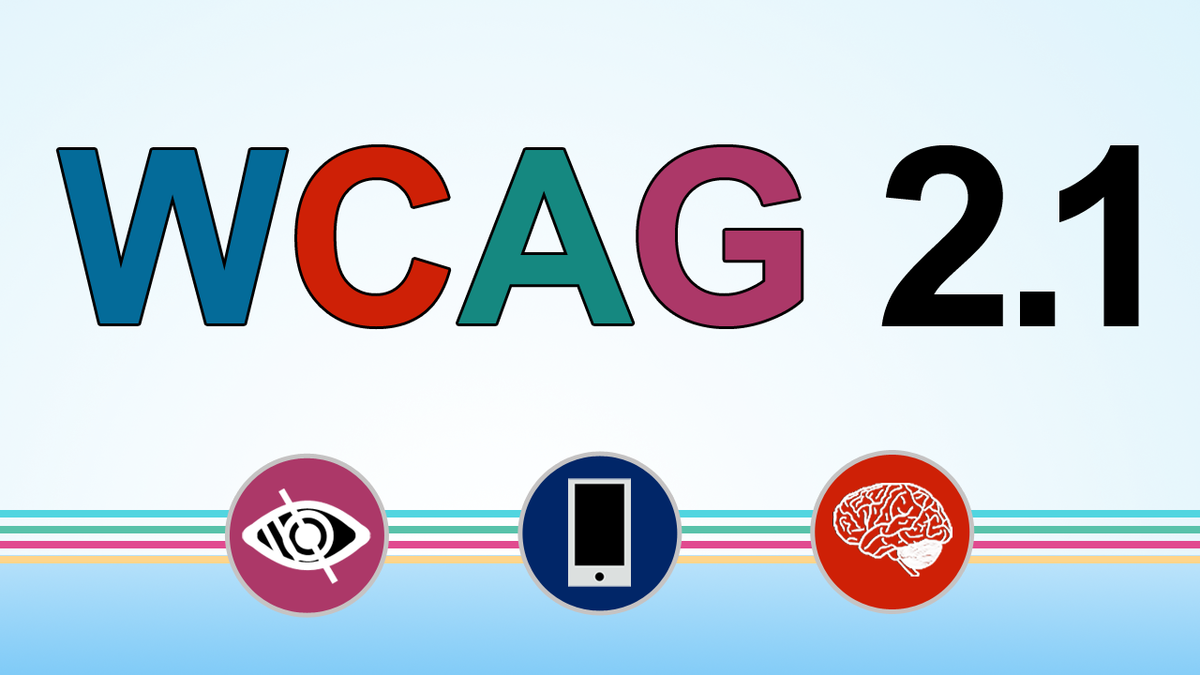The first public draft of an update to the Web Content Accessibility Guidelines (WCAG) 2.0 has been released. The new draft specification is WCAG 2.1.
WCAG 2.0 has been the University of Minnesota accessibility standard since January 2014 as announced in an ITSS newsletter article. The Department of Justice has endorsed WCAG as the industry standard as it continues to work on regulations on making websites accessible to people with disabilities.
What's New in 2.1?
The new document aims to address gaps in WCAG 2.0 related to content. It is the first update since WCAG 2.0 became an official W3C Recommendation in 2008. Technology has changed dramatically in the past 9 years.
Mobile Accessibility is Prioritized
2.1 will incorporate updated success criteria to address content viewed on small display sizes and used with touch and stylus-based input modalities. These features are particularly common in mobile devices.
People with Low-Vision and Cognitive Disabilities are Prioritized
The document will also incorporate new success criteria to better address the needs of people with:
- Low Vision
- Cognitive and Learning Disabilities
David MacDonald provides a Quick Guide to WCAG 2.1 First Public Working Draft.
Work in Progress
WCAG 2.1 is currently a draft and a work in progress. It is being developed over the next year. As a WCAG FAQ document states:
- The draft currently includes some success criteria that the Working Group has accepted, and many success criteria that are proposals that the group has not yet accepted. We are refining those proposals, and other proposals that are not yet included in the draft.
- The draft currently includes the WCAG 2.0 success criteria unchanged, even if they are redundant with proposed new success criteria. In later drafts, we might modify some WCAG 2.0 success criteria to reduce duplication and increase clarity. We would like input on the approach - whether to leave the 2.0 success criteria as is, or modify them.
Although WCAG 2.1 introduces new and important success criteria (and any website that satisfies WCAG 2.1 will automatically conform to WCAG 2.0), policies and testing can continue to reference WCAG 2.0 for some time.
WCAG Timeline
WCAG 2.1 is slated to become an official W3C recommendation June 2018.
What's After 2.1?
The Accessibility Guidelines Working Group (AGWG) intends to produce updated guidance for accessibility on a regular interval, starting with WCAG 2.1. The AGWG is also exploring future accessibility guidelines through the Silver Task Force. Additional information is available in a Silver presentation.
Further WCAG 2.1 Information
- Versions of 2.1
- Email feedback to [email protected]
- Web Content Accessibility Guidelines 2.1 First Public Working Draft by Joshue O Connor
